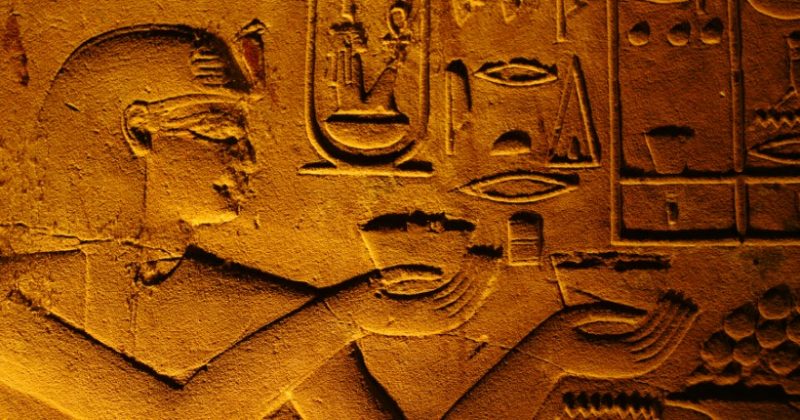Adverts dominate the 21st-century landscape. Such is their power that it’s easy to forget there was a time when they weren’t around so much. Look back through history and the first known example of an ad can be found. It’s on a papyrus in the British Museum, London and dates back to Ancient Egypt — specifically, the city of Thebes.
Thousands of years old, the material contains what can only be described as a historic case of an employer/employee dispute.

Website tripandtravelblog.com picks up the story, writing “In it, a seller of fabrics called Hapu, claimed he would give a reward (a whole piece of gold) to those who report the whereabouts of the slave Shem and return him to the store.”
Things between Hapu and Shem were clearly not harmonious, but the shout out doesn’t end there. In spite of his difficulty, Hapu had his marketing hat on because he added, “where the most beautiful fabrics are woven for each person’s taste.”
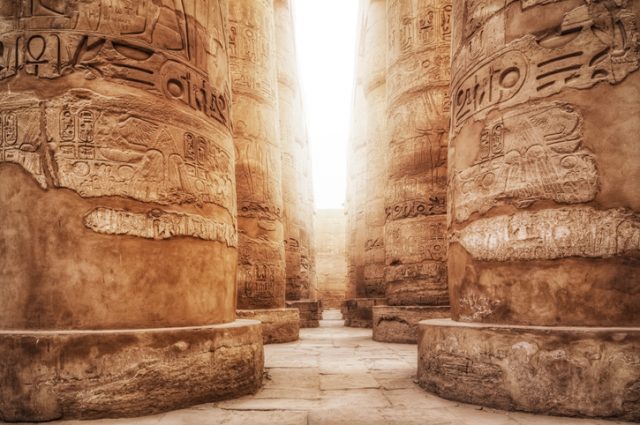
Concern for the personal welfare of slaves was far from paramount, so a potential customer could well scroll (so to speak) past the main detail and be attracted by the prospect of a fine weave.
Shem’s journey out of servitude isn’t chronicled. He did, however, escape his master, though records show business improved on displaying the innovative papyrus.
The era of pyramids and Pharaohs is believed to be where advertising got started. It was far from the disposable ads people see today, with notices reportedly carved in steel. That certainly puts the life of a humble bill poster into sharp relief!

An alternative for oldest ever advert was offered thanks to Alan D. Eames, who was referred to in a 2017 Listverse article as a “beer anthropologist”. He thought a lusty promotion from ancient Mesopotamia could have topped Shem’s unexpected exit.
Eames “found a tablet with the image of an ample-breasted woman holding jugs of the ale. Next to the image, Eames believed the writing said, ‘Drink Elba, the beer with the heart of a lion.’”
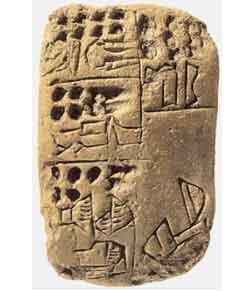
The only thing that stands in the way of this discovery was evidence. Aside from the expert’s description, there’s no hard evidence supporting his claim.
Before it suffered a legendary fate, Pompeii was a hotbed of ancient advertising. Politics and propaganda were important early steps in the art of crafting something persuasive.
Related Video: Hunger Stone Warnings – Haunting messages on rocks revealed after a drought
https://youtu.be/6bnHuYqdEis
“The local positions of aedile and duoviri were clearly sought after,” Listverse writes, “because election notices are painted all over the walls of Pompeii.” The job titles relate to magistrate’s positions with responsibility for areas like public maintenance and law and order.
Pompeii had its fair share of ads concerning prostitutes and brothels. The proprietors “erected paintings of people in various states of sexual congress so that customers could decide what they wanted from the many services that were offered.”
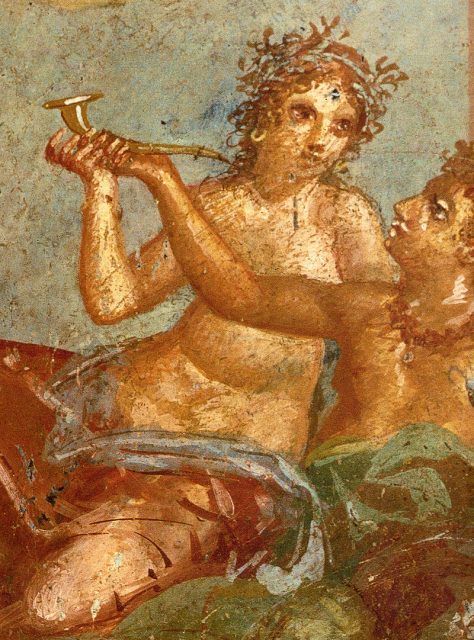
The Romans weren’t prudish, hence notices for “Lupanare (Wolf’s Den)”, a “purpose-built brothel… that contained 10 rooms for guests to use.” Graffiti was also used to spread the word about the best times in town.
It wasn’t all salacious. Egos were stroked in ancient Greece, via Classical pottery. The Ancient History Encyclopedia site talks about a particularly insistent kind of artist identification, where a potter (named as Euthymides by Listverse) wasn’t content to merely sign his name.
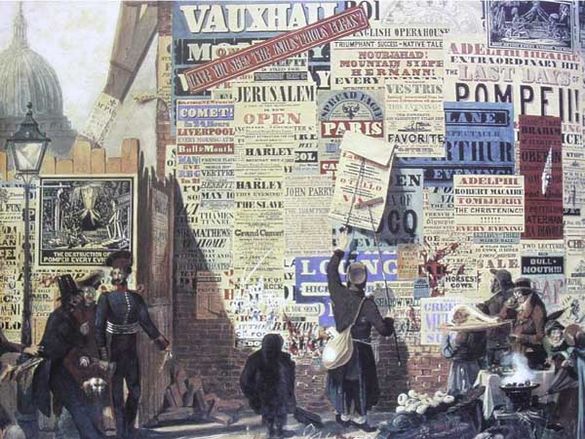
“There was also some rivalry between artists,” the Encyclopedia says, “as indicated by one signed comment on a vase, ‘better than Euphronias could ever have done’.”
Read another story from us: Oldest Written Records of the English Language Explained and On Display
In current times a man like Euthymides would have taken to social media to get his point across. Options were limited thousands of years ago, though once advertising was established it grew through the centuries to become one of the most powerful forces in human history.
